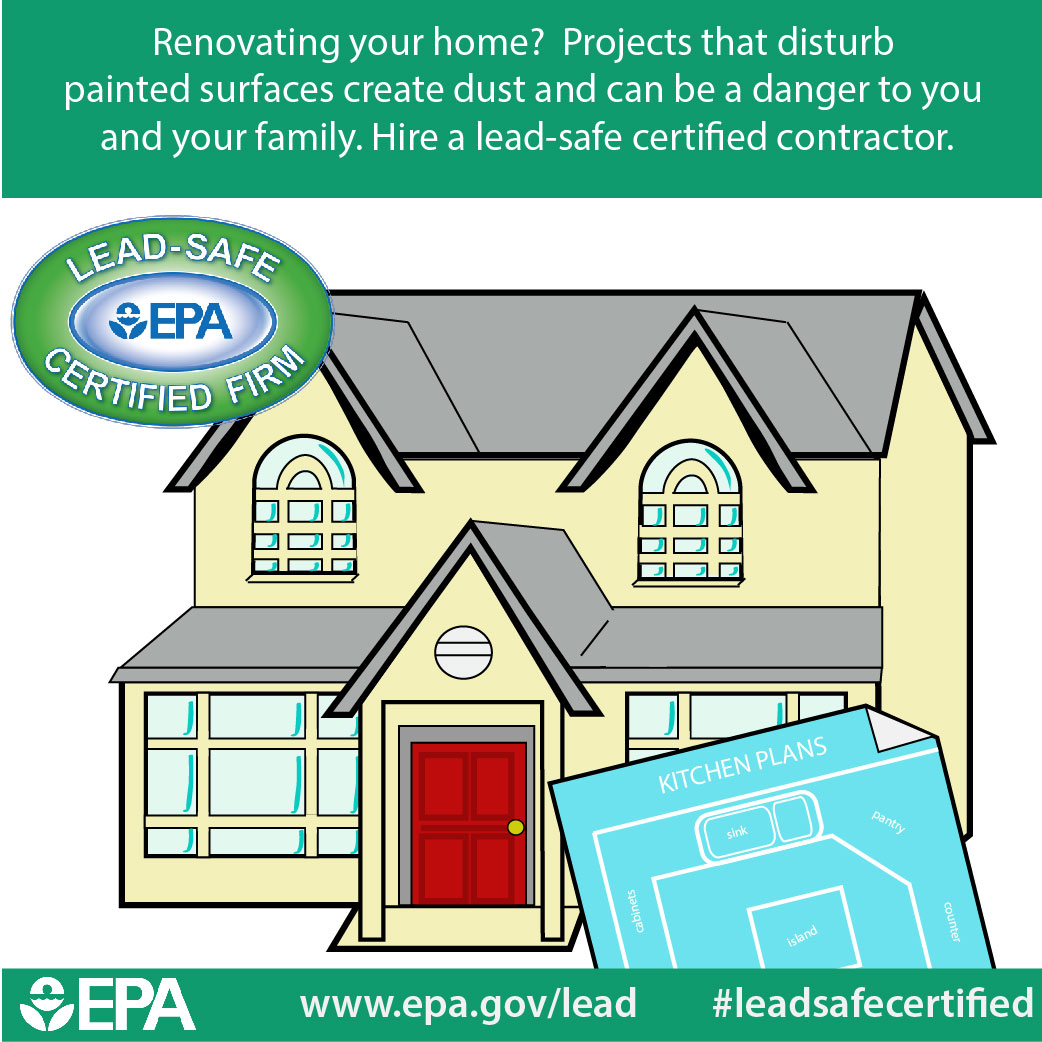Understand How Seasonal Problems Affect The Success Of Business Outside Painting And Learn The Perfect Durations To Assure Lasting Outcomes For Your Project
Understand How Seasonal Problems Affect The Success Of Business Outside Painting And Learn The Perfect Durations To Assure Lasting Outcomes For Your Project
Blog Article
Authored By-Korsholm Decker
When you're preparing an industrial external paint project, seasonal elements can make or damage your results. You'll wish to think about how temperature level and moisture effect paint application and drying times. Picking the ideal season can ensure your paint sticks effectively and lasts much longer. But which seasons are absolutely the very best for this type of job? Let's discover minneapolis exterior house painting that can impact your project's success.
The Effect of Temperature Level on Paint Application
When you're intending an industrial outside paint project, the temperature level can considerably impact exactly how well the paint adheres and dries.
Preferably, you intend to paint when temperature levels vary in between 50 ° F and 85 ° F. If it's too cool, the paint may not heal appropriately, leading to problems like peeling off or breaking.
On the other side, if it's too hot, the paint can dry too quickly, preventing appropriate adhesion and resulting in an unequal finish.
You must also consider the moment of day; morning or late afternoon uses cooler temperature levels, which can be extra positive.
Always examine the producer's referrals for the certain paint you're utilizing, as they usually supply assistance on the suitable temperature level array for ideal results.
Moisture and Its Effect on Drying Times
Temperature isn't the only ecological aspect that influences your business outside painting job; humidity plays a substantial function too. High moisture degrees can reduce drying times considerably, affecting the overall quality of your paint work.
When the air is saturated with moisture, the paint takes longer to heal, which can result in concerns like poor bond and a greater threat of mildew growth. If you're painting on a specifically damp day, be prepared for prolonged delay times between coats.
It's vital to check local weather conditions and plan accordingly. Preferably, aim for moisture degrees between 40% and 70% for optimum drying.
Maintaining these factors in mind ensures your project remains on track and delivers an enduring surface.
Best Seasons for Commercial Exterior Paint Projects
What's the most effective season for your commercial external paint projects?
Spring and very early autumn are generally your best choices. During these seasons, temperatures are light, and humidity degrees are usually lower, developing perfect problems for paint application and drying.
Stay clear of summer season's intense heat, which can cause paint to dry too swiftly, resulting in poor attachment and surface. Likewise, winter's cold temperature levels can prevent proper drying and healing, risking the long life of your paint job.
Go for https://www.homesandgardens.com/house-design/how-much-does-it-cost-to-paint-a-house with temperature levels between 50 ° F and 85 ° F for optimal outcomes. Bear in mind to inspect the local weather report for rain, as damp problems can destroy your job.
Planning around these elements guarantees your painting task runs smoothly and lasts much longer.
Verdict
Finally, intending your industrial outside paint projects around seasonal factors to consider can make a considerable distinction in the outcome. By scheduling job during the excellent temperatures and moisture degrees, you'll make sure much better adhesion and drying times. Bear in mind to watch on regional weather prediction and choose the right time of year-- spring and very early autumn are your best choices. Taking these steps will assist you accomplish a sturdy and expert surface that lasts.
